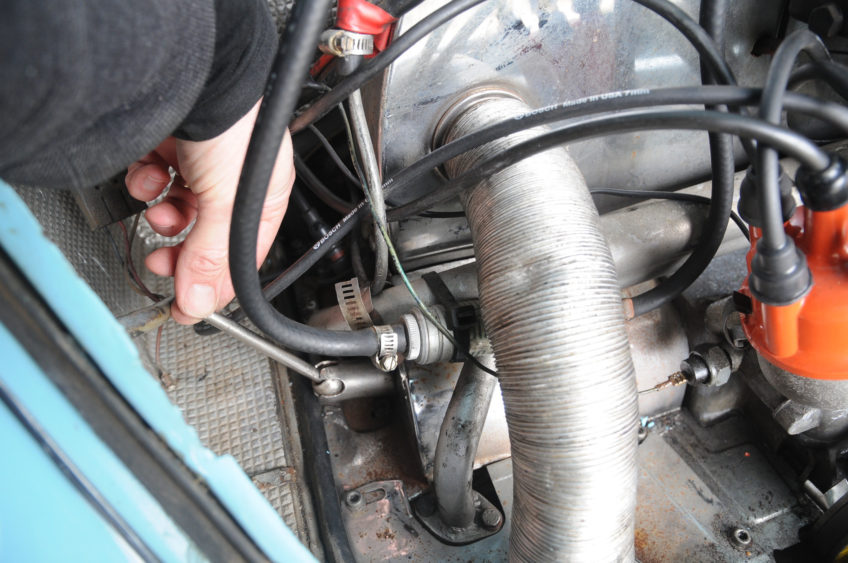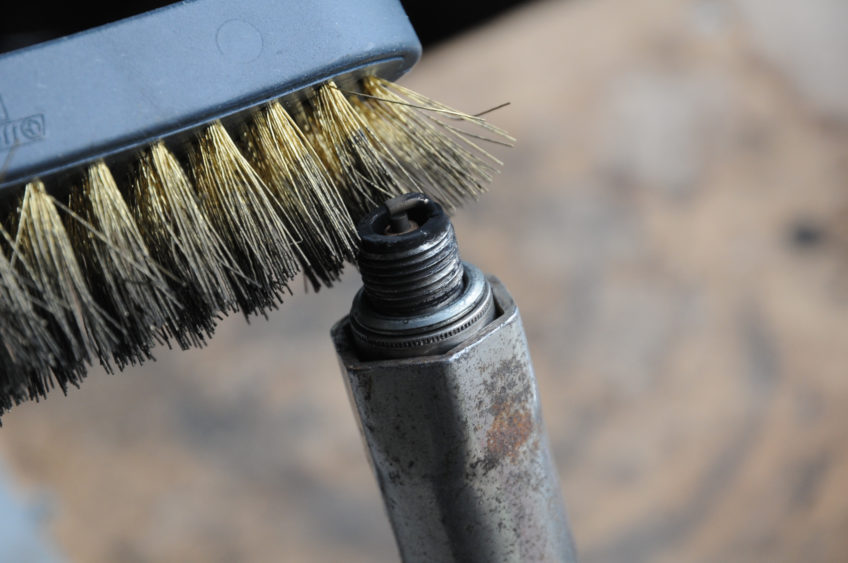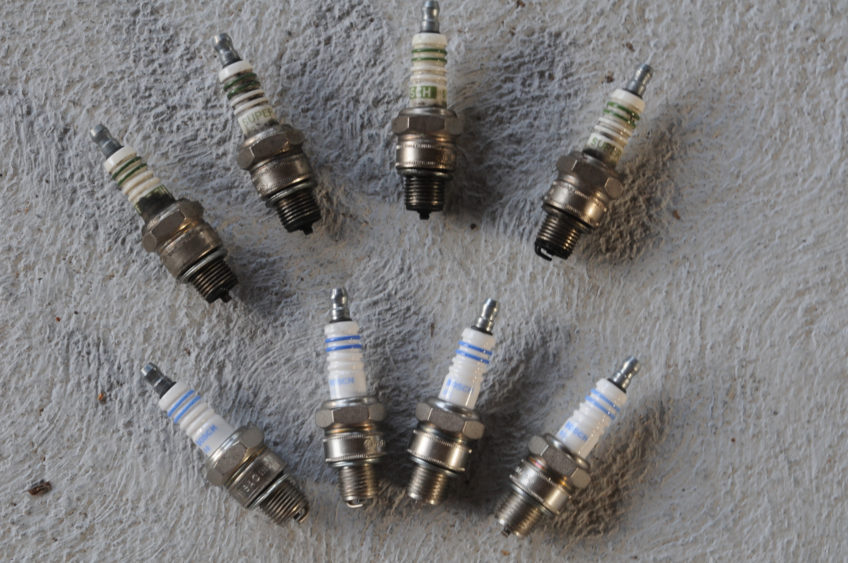You can tell an awful lot about how your air-cooled engine is running from the condition of your spark plugs, so it’s worth checking them every so often. Here’s some tips which will help you become a spark plug expert…
Before getting going, it’s helpful having the right tools at hand because accessing the rear two plugs (cylinder numbers 1 and 3) can be a real fiddle, especially on later twin-port engines where access is further compromised. Try a stumpy 21mm socket with a universal joint which may give you a bit more flexibility. When removing the ignition lead from the plug, be sure to pull it off by the Bakelite connector, not the lead itself, as you’ll run the risk of pulling it off. Make sure you have the socket on the plug properly when you’re undoing them and always start screwing the plug back in by hand, only using the socket for the final tightening. If you feel any resistance early on, unscrew and carefully try again so you don’t run the risk of causing damage to the threads in the cylinder head. Obviously, it’s best to do all this while the engine is cold to avoid burning yourself!

A good tip here is to remove each lead and plug individually so you don’t get them mixed up. If you notice any damage to the connector, or if the lead is a lose fit then it is best to go out and buy a new HT lead set.
Once the plug is out, take a good look. Is it brown, grey, sooty or oily? If the engine is running right, it should be light brown or grey. If it is sooty but dry, your engine is running rich and not burning all the fuel. Conversely, if the insulator’s white and flaky then your engine is running too lean. Either way, you’ll need to tune your carb to adjust the fuel/air mixture.

If the plug is wet and oily, there are a couple of possibilities. The first is that you’re not getting a spark, in which case you may have noticed a misfire. If this is the case, check the HT lead connection at the plug and also where it pushes into the top of the distributor cap. A worse scenario is that your engine has worn piston rings and/or valve guides, which means a rebuild is on the cards. If there is serious carbon build up on the plug, or what looks like molten bits of metal, chances are your ignition timing is out.

Whatever their condition, while the plugs are out of the engine they will benefit from a good clean up using a brass wire brush. You should keep one of these in your car’s toolbag all the time, as cleaning plugs will often help start a reluctant engine – especially in the winter or when it’s damp. While you are at it, check the spark plug gaps using a feeler gauge. For most Beetles the gap should be 0.024in or 0.6mm. That said, it’s worth checking your workshop manual because the gap will be different on some engines. If the gap is correct, the gauge should slip in and out without much resistance – you can adjust it with a gentle tap on the workshop floor, or carefully prising open the contact with a flat bladed screwdriver.

Finally, spark plugs should be checked every 3000 miles and replaced every 10,000 miles , although because they’re so cheap – there is no harm fitting new ones sooner – especially if you suspect your engine’s not been running quite right.
Ian
The opinions expressed here are the personal opinions of the author and do not necessarily represent the views and opinions of VW Heritage


My car have the same problem so but I will try to change plugs every time I will put new ones
is there a way to change spark plugs on my VW T3 1980 without getting the engine out? They seem to be impossible to reach.
Yes you can do it, it is quite fiddly tho.. you can get at the rear plugs either by persevering and using a wobbly extension on your ratchet, or removing the carbs for better access, or there is a little half moon slot in the apron on the underside of the car for you to get a ratchet and wobbly extension in.. just be careful not to cross thread them when fitting new ones. A good tip is to use a short piece of rubber hose on the ceramic part of the plug just to feel them in before tightening them.
NEVER CLEAN A SPARK PLUG WITH A BRUSH MADE OF METAL! YOU WILL SHORT IT BY LEAVING TRACES OF METAL ON THE INSULATOR.